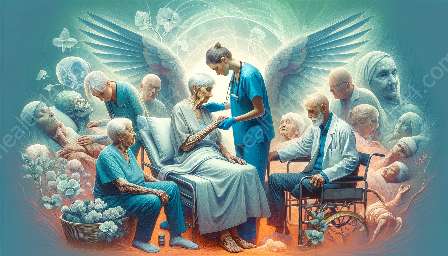As individuals grow older, they experience various changes both physically and mentally. This topic cluster delves into the impact of aging and age-related diseases, and their significance in geriatrics.
Understanding Aging
Age is a natural and inevitable process in the life of every living being. Aging can be defined as the gradual decline in bodily functions and changes in physiological structure over time. This process is influenced by a combination of genetic, environmental, and lifestyle factors.
Physical Changes
One of the most apparent aspects of aging is the physical changes that occur. These may include loss of muscle mass, diminished bone density, reduced organ function, and changes in metabolism. Additionally, the skin may become less elastic, and the senses, such as vision and hearing, may decline.
Mental and Emotional Changes
As individuals age, they may also experience cognitive decline, affecting memory, attention, and decision-making abilities. Emotional changes, such as increased risk of depression or anxiety, are also common in older adults.
Age-Related Diseases
Aging is often associated with an increased risk of developing various diseases and conditions. The body becomes more susceptible to illnesses, and chronic conditions become more prevalent. Common age-related diseases include cardiovascular diseases, neurodegenerative disorders, osteoarthritis, diabetes, and cancer.
Impact on Geriatrics
Geriatrics is the branch of medicine that focuses on the healthcare of elderly individuals. Understanding aging and age-related diseases is crucial in geriatrics as it helps healthcare professionals manage and treat the specific needs of older patients. It involves a multidisciplinary approach, addressing the physical, mental, and social aspects of aging and its associated diseases.
Challenges and Perspectives
As the global population ages, the prevalence of age-related diseases continues to increase, posing significant challenges to healthcare systems worldwide. However, advancements in medical research and technology offer hope for better understanding, prevention, and treatment of these diseases.


